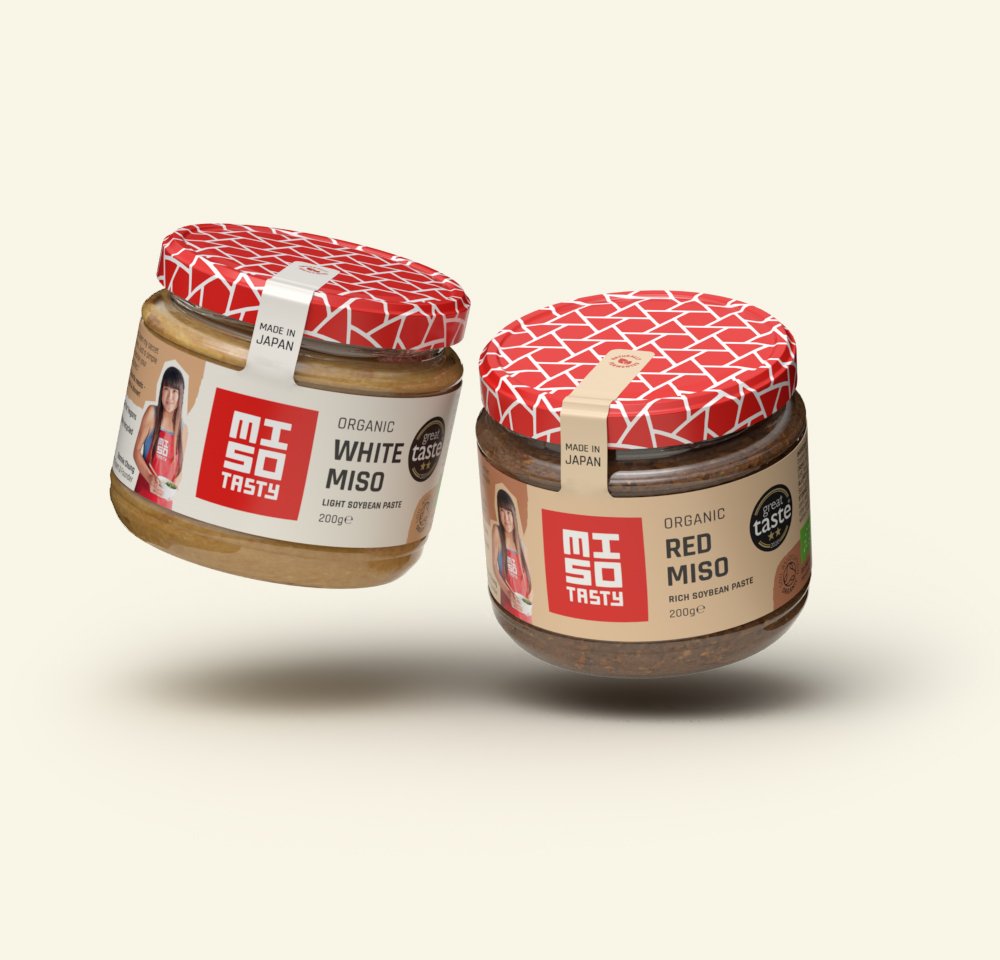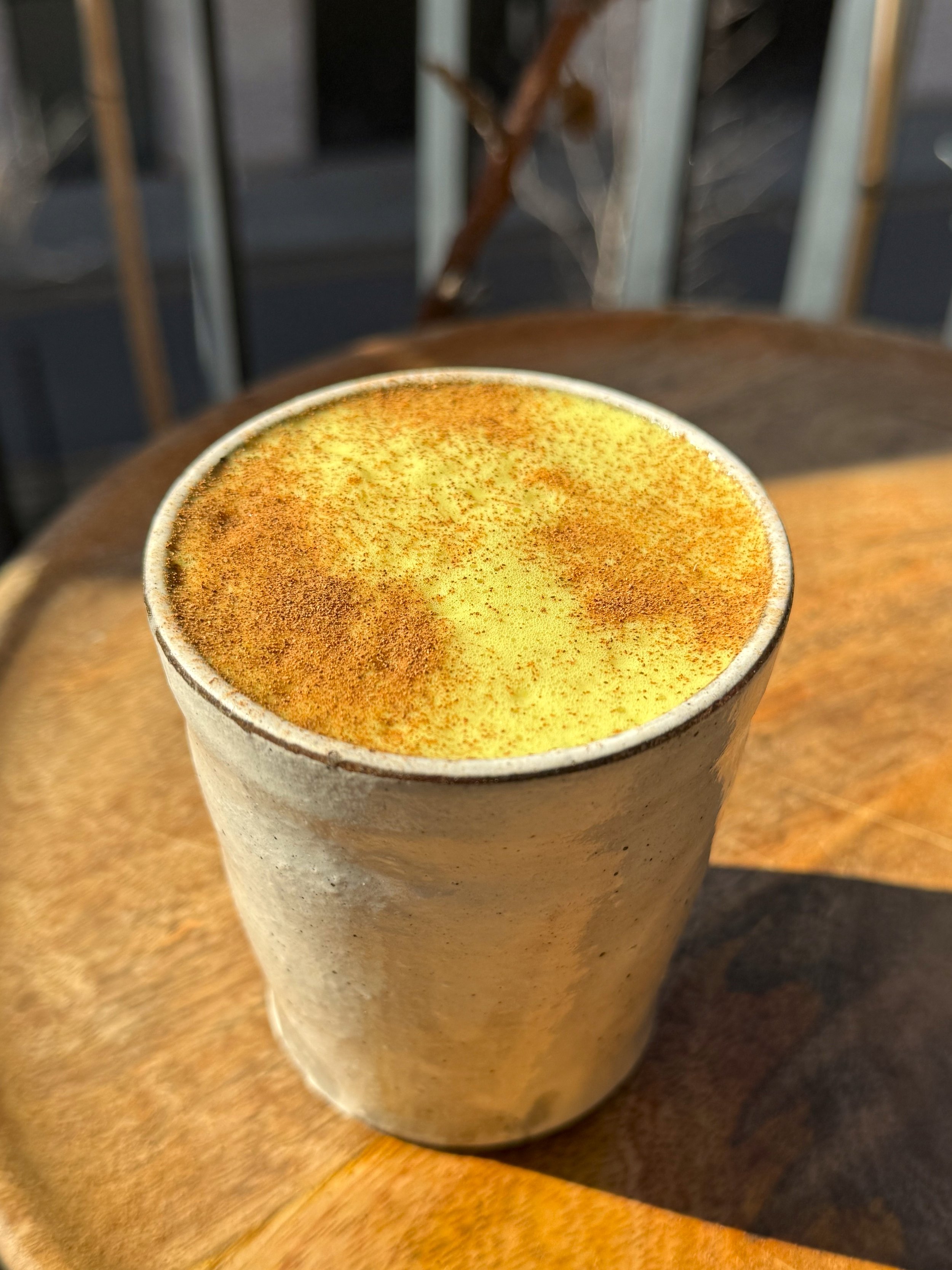The Origin & History of Miso
Originating from China, miso was first introduced to Japan 1,300 years ago by Buddhist priests.At the time, using fermented mixtures of salt, grains and soybeans was a key way to preserve food during warmer months, and this practice formed the backbone to miso-making. The original Chinese soybean paste was transformed in Japanese cuisine into miso and shoyu (Japanese soy sauce); two hallmarks of the country’s food.
It was originally a prized delicacy, only enjoyed by nobility because it contained rice – a luxury in its day. However as word of its energy-giving properties spread, Samurai adopted miso as a staple part of their diet.
Interestingly, there was historically an element of class concerning who ate which kind of miso. Wealthy landowners, royalty or samurai would only eat rice miso that had been made using expensive polished white rice. It was often so expensive that it was used as gifts, or even as currency. Peasants and farm hands were forbidden to use the rice they harvested to make their own miso, so used any broken rice, or other grains such as millet & barley. This explains why darker miso made from these grains has a reputation , even today, as “poor man’s miso”.By the mid 14th century miso’s popularity had spread and was being enjoyed by everyone from royalty to farmhands; who would use it as an alternative to currency during hardship.
There are more than 1,000 miso producers in Japan and there are wide regional differences. Northern regions, where most of the country’s rice is farmed, tend to prefer rice misos; the ancient capital of Kyoto loves the more refined sweet white miso, the area surrounding the Aichi prefecture likes pure soybean miso; while the southern regions opt for barley miso or miso made from other grains.
Today it’s the store cupboard staple in Japan and once you’ve tried it you won’t be able to live without it.









Fillet o' fishes can be a bit marmite, but we love them. In this version, we've dunked the cod in White Miso for extra umami depth, and coated them in panko and sesame for a moreish crunch. All of that is slathered with the most moreish green chilli mayo and sandwiched between two brioche buns. You'll want to give this one a go.